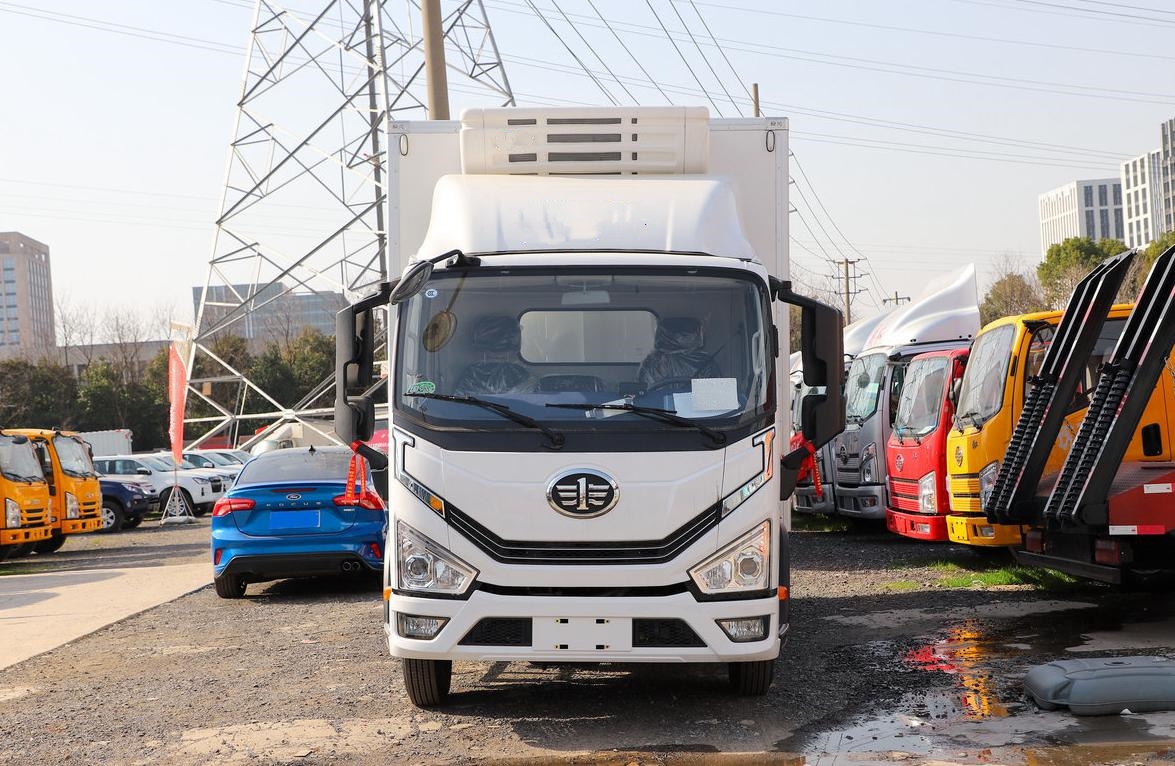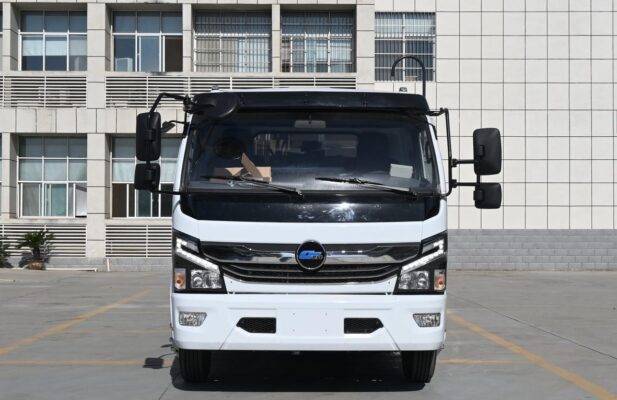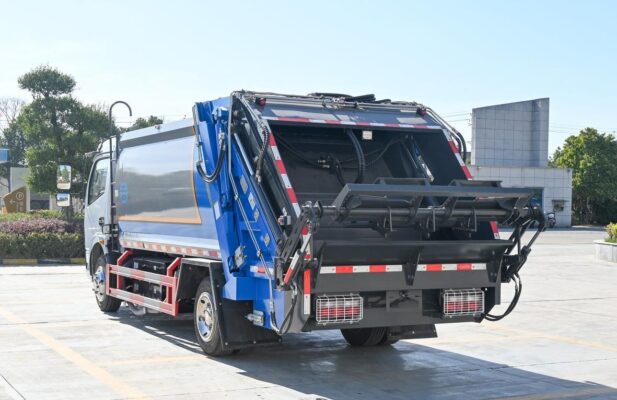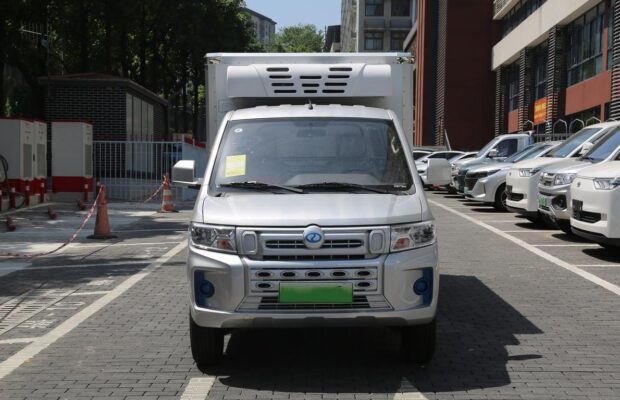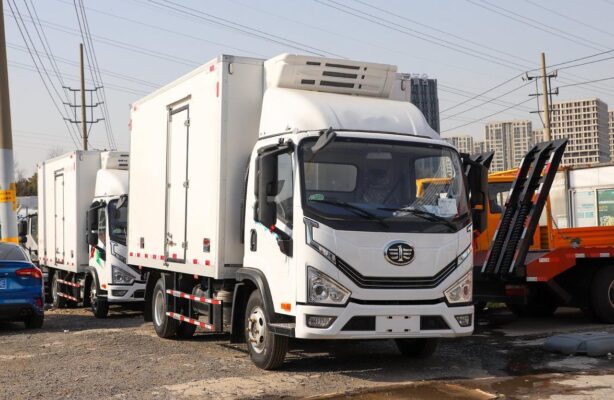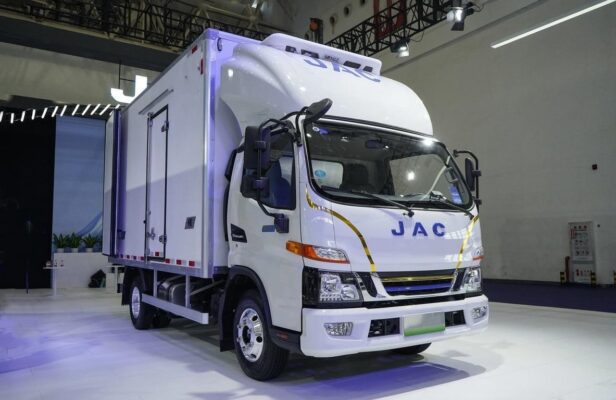Electric Truck News
Are electric trucks easy to control?
Electric vehicles (EVs) have transformed the automotive landscape, presenting a compelling alternative to traditional internal combustion engine (ICE) vehicles. Initially, many car enthusiasts and everyday drivers questioned whether EVs could match or surpass the driving experience of traditional cars. Over time, however, the technology behind EVs has advanced rapidly, leading to remarkable improvements in handling, acceleration, and control. This article delves into why EVs excel in handling, how they differ from traditional vehicles, and the specific design features that contribute to their outstanding performance on the road.
1.Handling Performance of Electric Vehicles
Handling refers to a vehicle’s responsiveness to driver input, its ability to navigate curves and turns, and its overall stability. A vehicle’s handling performance significantly impacts the driver’s confidence and enjoyment on the road, especially in challenging driving conditions. EVs, which use electric motors as their primary power source, have a distinct advantage in handling compared to traditional ICE vehicles. By leveraging instantaneous torque delivery, low center-of-gravity design, and intelligent electronic control systems, EVs have achieved handling capabilities that not only rival but often surpass those of traditional cars.
1.1 Low Center of Gravity and Stability
One of the key elements contributing to the excellent handling of EVs is the low center of gravity. Battery packs, which are a core component of EVs, are usually mounted at the bottom of the chassis, distributing weight more evenly and lowering the center of gravity. This configuration enhances stability during maneuvers such as cornering, lane changes, and quick turns. A low center of gravity minimizes body roll, allowing the vehicle to maintain a firm grip on the road even at higher speeds.
1.2 Instantaneous Torque Delivery
Electric motors have a unique advantage when it comes to torque generation. Unlike ICE vehicles, which rely on multi-stage transmissions to reach optimal torque, EVs can deliver maximum torque almost instantaneously. This direct torque allows for rapid acceleration, precise control, and immediate response to driver input. The absence of transmission delays means EVs can achieve a seamless flow of power, which greatly improves responsiveness, particularly at low and medium speeds.
1.3 Balanced Weight Distribution
Battery placement is carefully considered in EV design to ensure balanced weight distribution across the vehicle. This balance improves vehicle stability, making it easier for drivers to handle the car on various terrains and in diverse driving conditions. Balanced weight distribution reduces the load on individual tires and allows the vehicle to remain steady during sharp turns or evasive maneuvers. This advantage is particularly noticeable in all-wheel-drive EVs, which utilize separate electric motors for the front and rear axles to enhance handling by adjusting power distribution according to driving conditions.
1.4 Precision Electronic Control Systems
EVs are equipped with advanced electronic control systems that constantly monitor and adjust performance for optimal handling. Systems such as Electronic Stability Control (ESC) and Anti-lock Braking Systems (ABS) are common in EVs, and these provide fine-tuned stability by actively managing torque distribution, braking power, and traction. ESC systems, in particular, can detect and mitigate skidding or loss of control by automatically applying brakes to individual wheels and adjusting motor output. This level of control makes EVs highly adaptable to changing road conditions and enhances the safety and comfort of the driving experience.
2.Why Electric Vehicles Are Easy to Handle
Electric vehicles offer a unique blend of engineering solutions that make them easier to handle than traditional ICE vehicles. Here, we examine the main factors that contribute to their superior handling.
2.1 Electric Drive System and Torque Response
The electric drive system is designed to respond quickly to driver input, providing instantaneous torque. EVs eliminate the lag seen in ICE vehicles, which must build up power through a transmission. In an EV, pressing the accelerator provides immediate power to the wheels, allowing the vehicle to accelerate smoothly and predictably. This quick response time gives drivers greater control, especially during low-speed maneuvering or quick starts.
2.2 Enhanced Stability from Low Center of Gravity
With battery packs strategically placed along the floor of the vehicle, EVs achieve a low center of gravity that makes them remarkably stable. A low center of gravity reduces the risk of tipping or rolling, even during sudden maneuvers. It allows EVs to handle sharp curves with reduced body sway, maintaining a stable position on the road. This enhanced stability is especially advantageous for drivers navigating winding roads or uneven terrain.
2.3 Intelligent Suspension Systems
Many EVs incorporate intelligent suspension systems that can adjust based on road conditions, vehicle speed, and driver input. This suspension technology enhances ride quality by smoothing out bumps and maintaining tire contact with the road. The adaptability of these systems also helps maintain optimal handling under various load conditions, such as when the vehicle is carrying multiple passengers or cargo. In addition, some high-performance EVs include adaptive damping systems that adjust suspension stiffness for improved handling at higher speeds.
2.4 Integrated Electronic Stability Control (ESC) and Traction Control
Electronic Stability Control (ESC) and Traction Control Systems (TCS) are standard in most EVs. ESC helps maintain vehicle stability by adjusting the torque output to each wheel independently, while TCS prevents wheel slip during acceleration. These systems work in tandem to optimize handling and ensure that the vehicle responds accurately to driver inputs, even in adverse weather conditions or on slippery surfaces.
3.Comparing Handling in Electric and Traditional Vehicles
While both EVs and traditional vehicles have their own strengths, the differences in handling are pronounced due to variations in drivetrain, weight distribution, and response time.
3.1 Direct Power Transmission vs. Transmission Lag
Traditional ICE vehicles rely on complex multi-stage transmissions to deliver power from the engine to the wheels, which often causes delays in torque delivery. EVs, on the other hand, use direct drive systems that eliminate transmission delays and power loss, allowing for immediate and efficient torque transfer. This difference gives EVs a clear advantage in handling, particularly in scenarios that require quick acceleration or precise control.
3.2 Low Center of Gravity and Weight Distribution
The lower center of gravity in EVs, achieved through battery placement, results in a more balanced and stable ride than in most ICE vehicles. ICE vehicles have heavier engines at the front, which can make them more prone to understeer and less stable during sharp turns. EVs, with their balanced weight distribution, exhibit a more neutral handling profile, which contributes to better road holding and a more comfortable driving experience.
3.3 Advanced Technological Integration
Many EVs incorporate advanced technology, such as adaptive cruise control, lane-keeping assistance, and electronic suspension systems. These features provide greater control and responsiveness, enhancing both safety and convenience. Traditional ICE vehicles typically lack this level of technological integration, particularly in the entry-level and mid-range markets. The increased control offered by advanced technology gives EVs an edge in handling performance.
4.Advantages of EVs’ Handling Performance
The handling characteristics of EVs provide a distinct set of advantages for both everyday drivers and car enthusiasts alike.
4.1 Superior Stability and Balance
With a low center of gravity and optimized weight distribution, EVs offer stability that is hard to match. This stability is especially beneficial during high-speed driving or when navigating curvy roads, allowing drivers to feel more in control.
4.2 Enhanced Acceleration and Responsiveness
The instant torque of electric motors gives EVs a distinct advantage in acceleration. This responsiveness provides a more enjoyable and dynamic driving experience, especially for drivers who value the ability to quickly adjust speeds.
4.3 Safety-Driven Electronic Stability Systems
EVs are equipped with advanced electronic control systems that actively maintain stability and prevent skidding or loss of control. Systems like ESC and TCS are particularly valuable in slippery conditions or during emergency maneuvers, providing an extra layer of safety and control.
4.4 Convenience and Comfort from Adaptive Technologies
Many modern EVs come with driver assistance technologies, including adaptive cruise control, lane-keeping assistance, and intelligent suspension systems. These systems improve the overall driving experience, making it smoother, more comfortable, and more convenient for drivers. The combination of these technologies enhances the handling experience and makes EVs more accessible to a broader range of drivers.
5.Limitations and Challenges in EV Handling Performance
While EVs have made significant strides in handling, there are still challenges and trade-offs associated with their performance.
5.1 High Battery Weight
Battery packs contribute significantly to the weight of an EV, which can impact handling performance. Although the low placement of the battery mitigates some effects of the added weight, it may still affect maneuverability, particularly in tight spaces or when performing rapid direction changes.
5.2 Learning Curve for First-Time EV Drivers
Drivers who are accustomed to the delayed response of ICE vehicles may need time to adjust to the immediate torque and quick response times of EVs. The instant acceleration of EVs can feel different and might require some acclimation, especially for those new to electric vehicles.
5.3 Potential for Higher Costs in Suspension and Control Systems
The advanced suspension and stability control systems in EVs require sophisticated engineering, which can increase manufacturing costs. This cost factor may make some high-performance EVs less accessible to budget-conscious buyers.
Conclusion
In summary, the handling performance of electric vehicles is a testament to the impressive advancements in automotive technology. With a low center of gravity, rapid torque response, intelligent control systems, and balanced weight distribution, EVs provide a driving experience that is both stable and exhilarating. The seamless integration of adaptive technologies and precision control further enhances their handling capabilities, making EVs a suitable choice for a wide range of driving conditions and preferences. While challenges such as battery weight and costs exist, the continuous development of EV technology promises to address these limitations, ensuring that EVs not only match but continue to outperform traditional vehicles in handling and overall performance.
